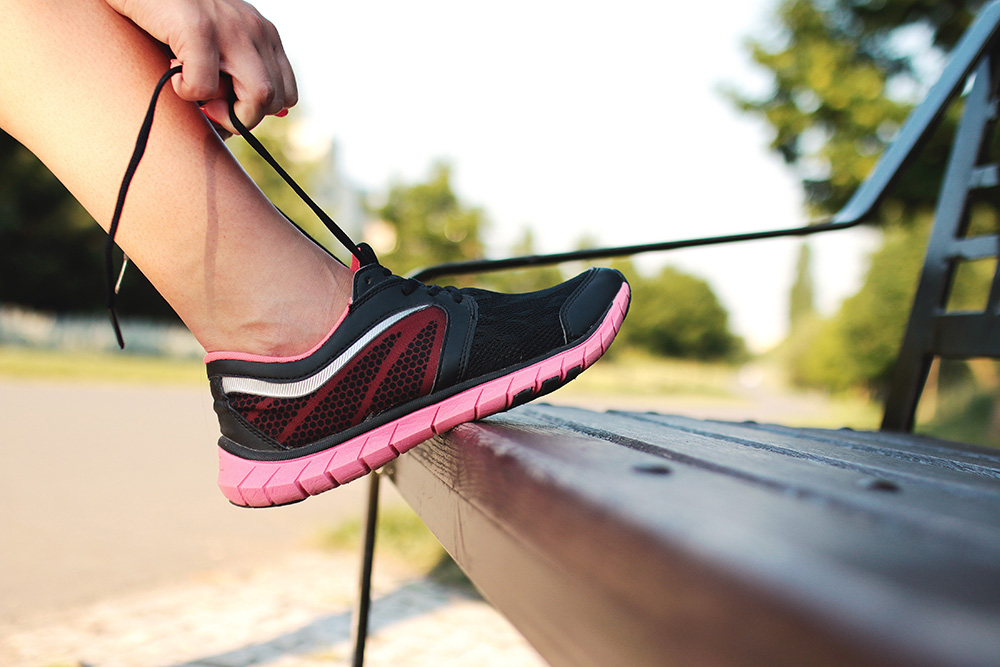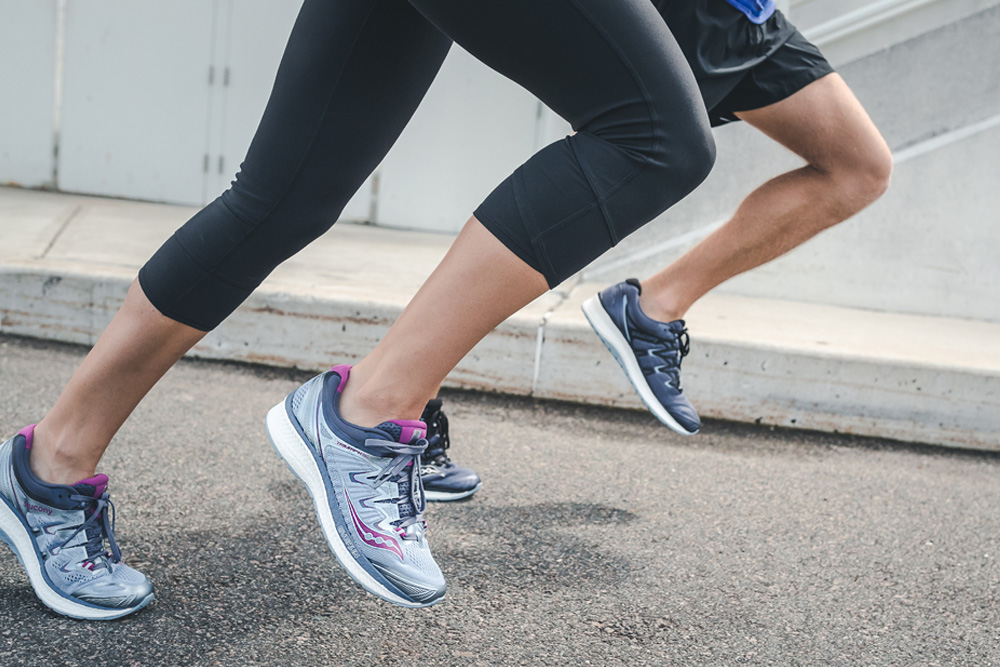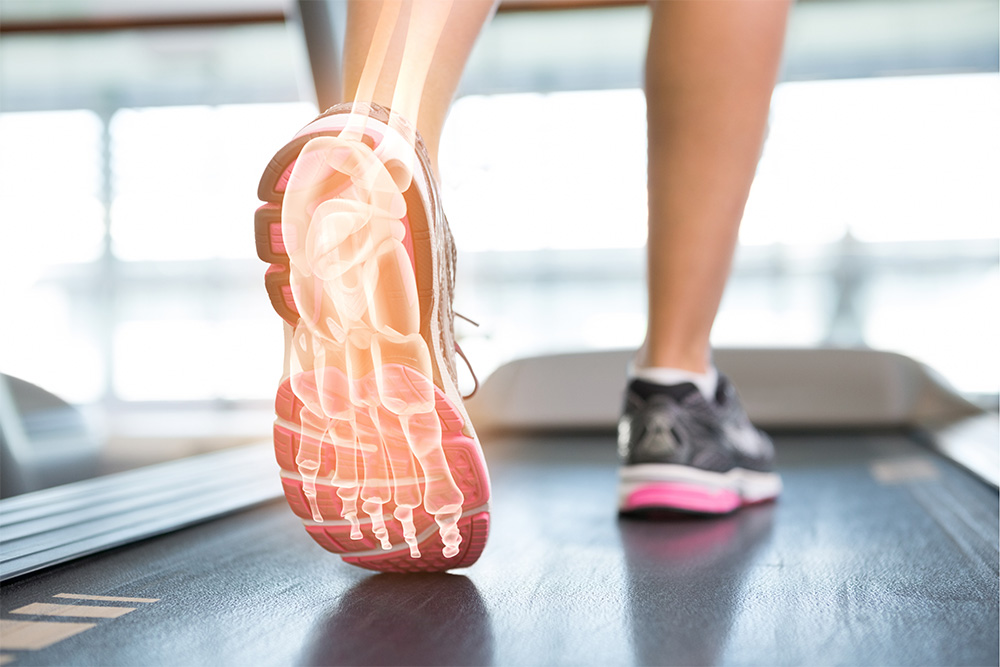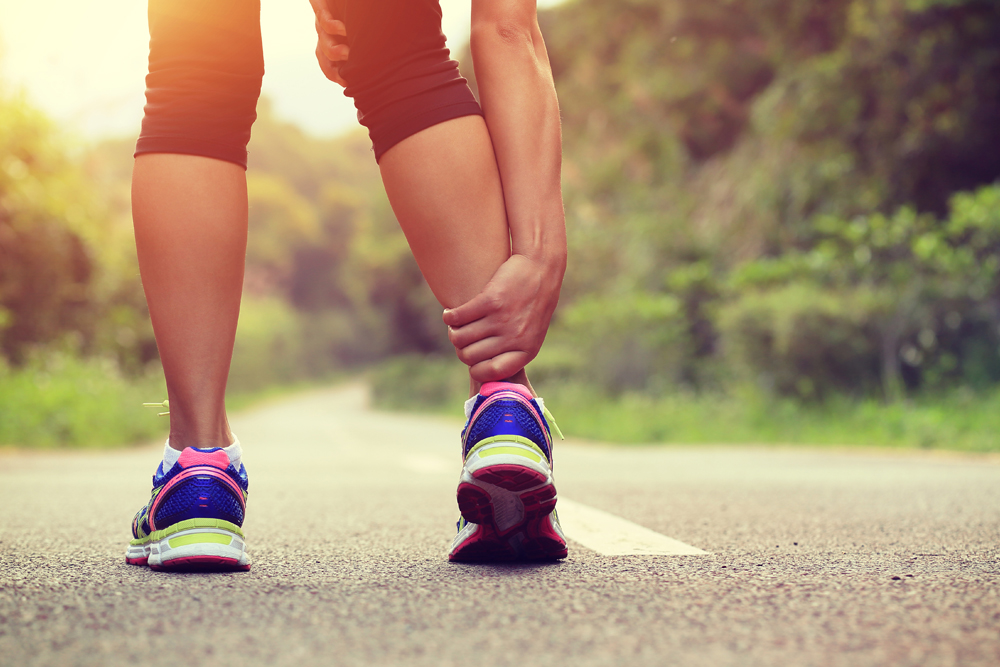
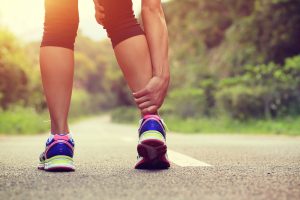
With the weather warming up, it’s time to put a spring in your step! However, before dusting off the running shoes, think about the impact changes to your fitness regime may have on your feet – or you may end up sidelined.
When you run, walk, skip or jump your feet absorb the impact of every step, making foot care essential to achieve your best performance.
Our Healthy Feet Survey revealed that more than half of Australians (53 per cent) experienced sore feet after exercise in the last 12 months.
Ignoring foot pain can lead to permanent damage, so before you pound the pavement take a moment to understand how your feet work.
What are the most common exercise-related foot injuries?
– Achilles tendonitis: The Achilles tendon (the tendon that connects the two major calf muscles to the back of the heels) tightens and becomes irritated when under too much stress.
– Shin splints: This pain is felt along the shin bone and often develops during the initial stages of training, or with overuse. Running terrain and footwear choice can contribute to this condition.
– Plantar fasciitis (Heel pain): The Plantar Fascia is the thick band of tissue in the bottom of the foot that goes from the heel to the toes and this is one of the most common conditions seen with runners – usually quite painful in the mornings.
– Sesamoiditis: The two small bones that sit underneath the big toe joint can become painful and swollen under certain circumstances – and often after exercise.
– Ankle sprains: When the foot twists or rolls beyond its normal range of motion, the ligaments holding the ankle joint together can over-stretch resulting in ligament damage.
How can I prevent common foot injuries when exercising?
- Stretch – reduce muscle tension and prepare the muscles for exercise by stretching before every workout. This also gradually increases muscle flexibility and range of movement in your limbs, decreasing the chance of muscle injury.
- Choose the right footwear – are your running shoes out of date? We recommend using running shoes for no longer than 6 months or 1000 kilometres – whichever one comes first.
- Check how you walk – if you are a recreational or regular runner, it is worthwhile getting a video walking analysis to understand your biomechanics. Click here to find out what this is all about.



